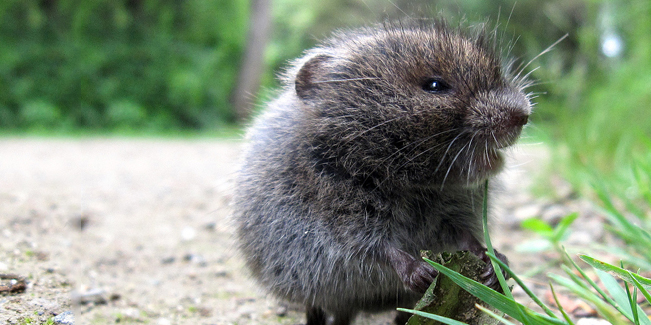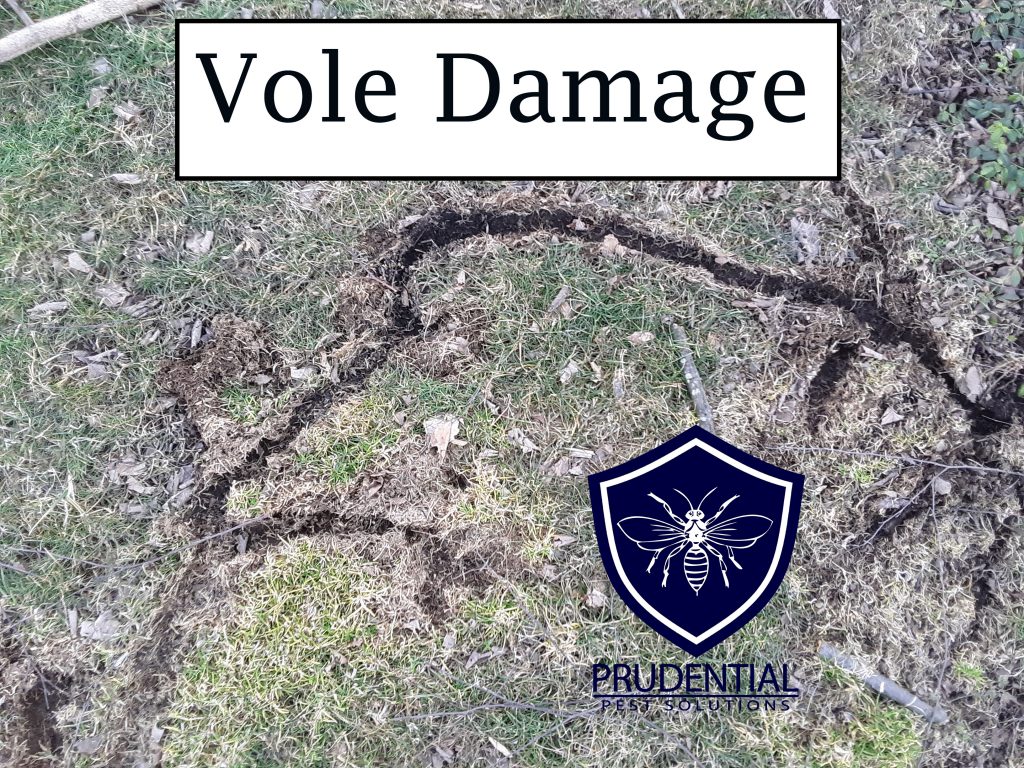Vole Control Tips to Maintain Your Backyard and Gardens
Vole Control Tips to Maintain Your Backyard and Gardens
Blog Article
Comprehensive Overview to Efficient Vole Parasite Control: Problem Identification and Treatment Techniques
In the realm of effective insect control, vole problems present a special obstacle that requires a tactical approach. By discovering the subtleties of vole habits, understanding vital indicators of problem, and evaluating a range of control options, one can create a thorough strategy to combat these elusive pests.
Understanding Vole Behavior
Vole behavior is defined by their tunneling habits and fast recreation rates, making them a difficult pest to manage successfully. These small rats usually produce intricate passage systems underground, utilizing them for shelter, food storage, and transport. Voles are herbivores, eating a selection of plants, roots, light bulbs, and turfs, which can cause significant damage to yards, orchards, and grass. Their quick reproductive rate additional makes complex control efforts, with females with the ability of generating numerous clutters in a single year, each consisting of numerous spawn.
Voles are most energetic throughout the very early morning and evening hours, investing the majority of their time foraging for food. Their tunneling routines not just disturb gardens and yards but additionally make them challenging to identify and remove. Recognizing vole habits is crucial for effective parasite control approaches. By recognizing their burrow locations, keeping track of feeding areas, and executing targeted control methods, such as capturing or habitat adjustment, vole invasions can be managed effectively.
Signs of Vole Infestation

Avoidance Methods
Executing reliable prevention approaches is critical in minimizing vole invasions and guarding plant life from their destructive feeding habits. To stop vole problems, it is necessary to begin by removing possible food sources and shelter.
On a regular basis evaluating the building for signs of vole activity, such as paths and delve openings, is important for early detection and timely action. Consider utilizing catches or repellents tactically positioned near their pathways if vole activity is believed. Using natural predators like serpents or owls can additionally help keep vole populations in check. By applying a mix of these prevention approaches, garden enthusiasts and property owners can properly shield their plant life from vole damage.
Non-Lethal Control Methods
To properly take care of vole populaces while prioritizing gentle methods, non-lethal control approaches supply functional options for lowering vole damage in landscapes and yards. One effective approach is making use of physical obstacles such as equipment towel or wire mesh to shield susceptible plants. These obstacles can be buried at the very least 12 inches curved and deep at a 90-degree angle to avoid voles from delving underneath. Furthermore, environment adjustment can hinder voles by minimizing their liked food resources and concealing areas. Keeping a well-mowed lawn, removing particles, and maintaining vegetation trimmed can make the environment much less enticing to voles.

Lethal Control Options
One effective approach for addressing vole problems in gardens and landscapes includes the calculated usage of lethal control alternatives. When faced with a severe vole infestation that non-lethal techniques have actually failed to consist of, carrying out deadly control actions becomes Read Full Article crucial. On the whole, when utilizing deadly control options, it is crucial to these details do so responsibly and in accordance with neighborhood regulations to successfully manage vole infestations.
Verdict
To conclude, efficient vole parasite control requires a detailed understanding of vole behavior, identification of indicators of infestation, execution of avoidance strategies, and use of both dangerous and non-lethal control approaches. By integrating these techniques, people can properly handle vole populations and secure their property from damages. It is very important to resolve vole invasions without delay to stop further concerns and lessen the influence on the surrounding setting.
Given the complex passage systems and fast recreation prices particular of voles, acknowledging the signs of vole problem comes to be necessary in efficient insect control. One of the key signs of vole existence is site the visibility of surface runways or tracks in turf or snow, generally regarding 1-2 inches broad, developed as voles take a trip in between their burrows and food resources.To efficiently manage vole populations while prioritizing humane methods, non-lethal control techniques supply sensible options for lowering vole damage in landscapes and yards.One effective approach for dealing with vole problems in landscapes and yards entails the strategic use of lethal control options. vole control.In conclusion, effective vole parasite control requires a comprehensive understanding of vole habits, recognition of signs of infestation, execution of prevention strategies, and application of both non-lethal and deadly control techniques
Report this page